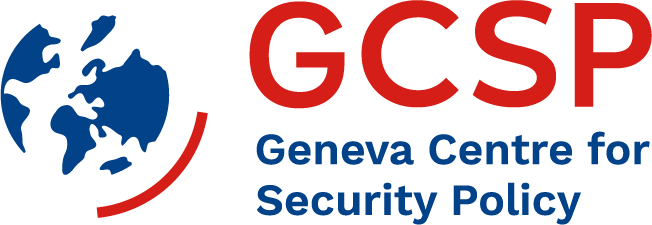How a deliberate pandemic could crush societies and what to do about it
Pandemics can begin in many ways. A wild animal could infect a hunter, or a farm animal might spread a pathogen to a market worker. Researchers in a lab or in the field could be exposed to viruses and unwittingly pass them to others. Natural spillovers and accidents have been responsible for every historical plague, each of which spread from a single individual to afflict much of humanity. But the devastation from past outbreaks pales in comparison to the catastrophic harm that could be inflicted by malicious individuals intent on causing new pandemics.
Disclaimer: This publication was originally published on Bulletin of the Atomic Scientists website. The views, information and opinions expressed in this publication are the author’s/authors’ own and do not necessarily reflect those of the GCSP or the members of its Foundation Council. The GCSP is not responsible for the accuracy of the information
